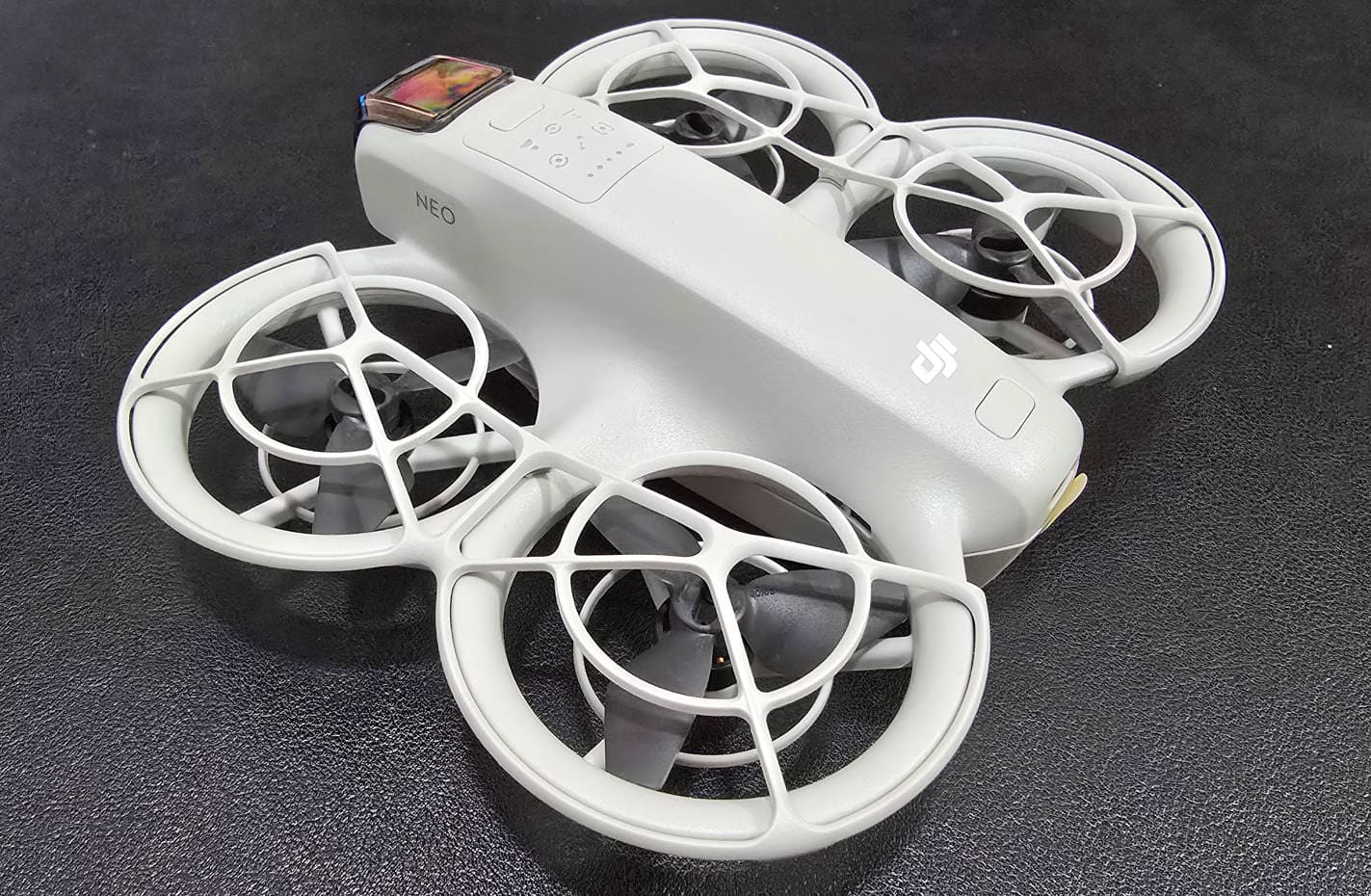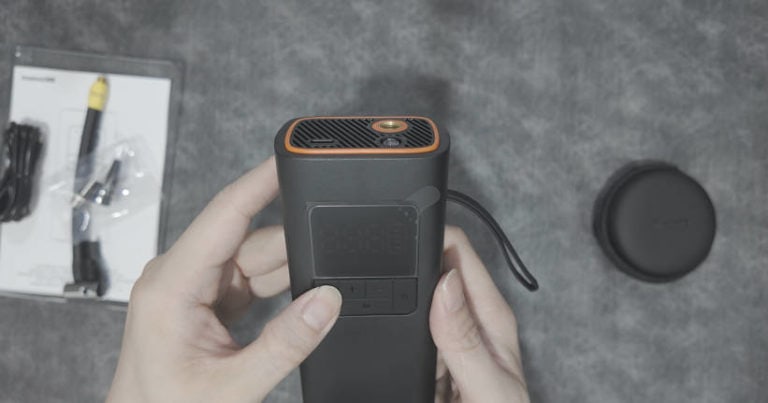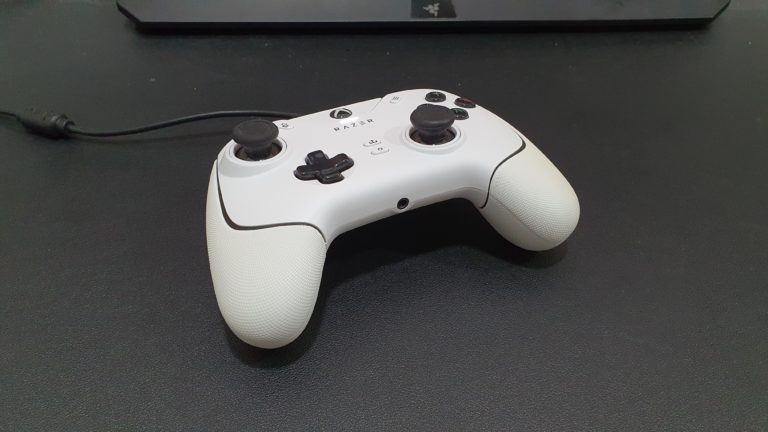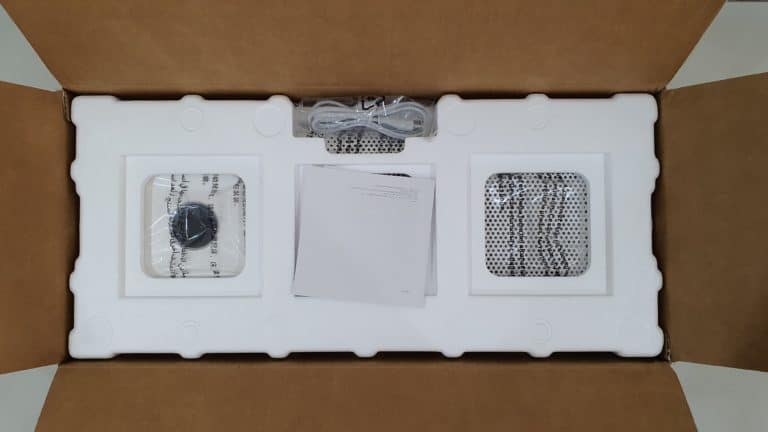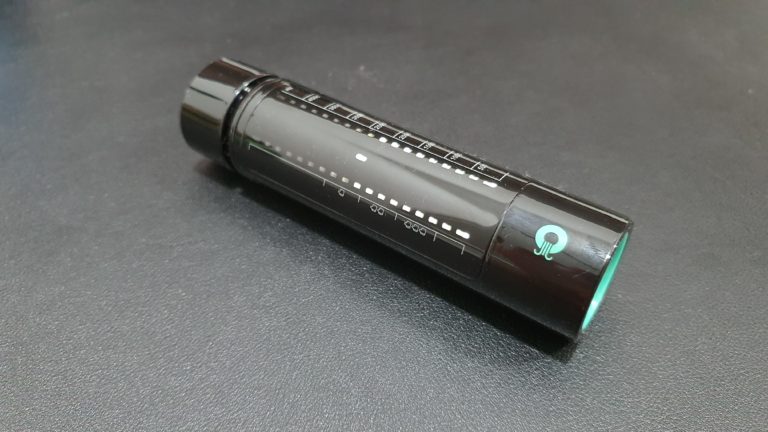Hey there, drone enthusiasts and curious flyers! Ready to take your selfie game to new heights? Meet the DJI Neo, your pocket-sized aerial companion that’s about to revolutionize the way you capture life’s moments.
Picture this: You’re out on an adventure, and suddenly you wish you had a personal videographer to capture that perfect shot. Well, guess what? The DJI Neo is here to make that dream a reality! This little marvel is like having a flying camera crew in your pocket, ready to take off at a moment’s notice.
Whether you’re a vlogging virtuoso, an aspiring cinematographer, or just someone who loves to document life’s precious moments, the DJI Neo is your ticket to jaw-dropping aerial footage without the jaw-dropping price tag or complicated controls.
So, buckle up (or should I say, “propeller up”?) as we dive into the world of DJI Neo. Trust me, by the end of this review, you’ll be itching to get your hands on this pint-sized powerhouse and start creating some seriously epic content. Let’s take flight!
Key Takeaways:
• Incredibly lightweight at just 135g – DJI’s lightest drone yet
• 4K/30fps video with RockSteady and HorizonBalancing stabilization
• Palm launch and landing for effortless operation
• AI tracking and QuickShots for easy cinematic footage
• 18 minutes of flight time per battery
• Multiple control options including voice and app control
• Full-coverage propeller guards for safer indoor/outdoor use
Things to Consider Before Buying a Mini Drone
Before diving into a purchase, there are a few key factors to consider when looking at ultra-compact drones like the DJI Neo:
- Intended use: Are you looking for a fun toy, or do you need professional-quality footage? The Neo sits somewhere in the middle, offering good quality for casual users and content creators, but may not meet the needs of professional videographers.
- Flying conditions: Will you be flying mostly indoors, outdoors, or both? The Neo’s lightweight design makes it great for indoor use, but it may struggle in windy outdoor conditions.
- Camera quality: While the 4K resolution is impressive, the smaller sensor size means low-light performance may not match larger drones.
- Flight time: At 18 minutes per battery, consider if this meets your needs or if you’ll want to invest in extra batteries.
- Control method: The Neo offers multiple control options, but lacks a dedicated controller. Ensure you’re comfortable with app-based or voice control.
- Safety features: The Neo lacks obstacle avoidance sensors. If you’re a complete beginner, you may want a drone with more advanced safety features.
What’s in the Box
• DJI Neo drone
• Intelligent Flight Battery
• USB-C charging cable
• Full-coverage propeller guards
• Spare propellers
• User manual and documentation
The DJI Neo Combo additionally includes:
• Two extra Intelligent Flight Batteries (3 total)
• Two-way charging hub
• Carrying case
Features & Benefits
Featherweight Freedom: Ultra-Lightweight Design
At a mere 135 grams, the DJI Neo is astonishingly light – even lighter than a smartphone. This featherweight design makes it incredibly portable, allowing you to slip it into a pocket or small bag without a second thought. For comparison, it’s less than half the weight of DJI’s popular Mini series drones.
The Neo’s diminutive size doesn’t just benefit portability. Its lightweight nature also means it falls below the registration requirements in many countries, potentially saving you some paperwork headaches. However, always check your local regulations before flying.
Despite its small stature, DJI has managed to pack in some impressive tech. The Neo features a 1/2-inch image sensor capable of capturing 12MP stills and 4K video at 30fps. While not quite matching the larger sensors found in DJI’s prosumer models, it’s a respectable offering for a drone of this size and price point.
Eyes That Follow: The Art of AI-Powered Tracking
One of the Neo’s standout features is its AI-powered subject tracking. Once activated, the drone will automatically follow your movements, keeping you centered in the frame as you move. This is perfect for solo content creators looking to capture dynamic footage of activities like cycling, skateboarding, or hiking.
The tracking algorithm works impressively well in most situations, smoothly panning and adjusting altitude to keep up with your movements. It’s not infallible – very fast movements or obstructed views can cause it to lose track – but for the majority of use cases, it performs admirably.
Coupled with the Neo’s compact size, this tracking ability truly makes it feel like a flying personal cameraman. Whether you’re vlogging a hike or capturing family memories at the beach, the Neo can autonomously capture cinematic footage that would be difficult or impossible to achieve manually.
QuickShots: One-Tap Cinematic Magic
For those times when you want a bit more flair in your footage, the DJI Neo comes equipped with a variety of QuickShot modes. These pre-programmed flight patterns allow you to capture professional-looking shots with just a few taps.
Available QuickShots include:
• Helix – The drone spirals upward around a subject
• Rocket – A straight upward shot with the camera pointing down
• Circle – Orbits around a subject
• Boomerang – Flies out and returns in an oval pattern
These modes are incredibly easy to use and produce consistently impressive results. They’re perfect for adding some visual interest to your videos or creating eye-catching social media content.
Steady as She Goes: Stabilization Technology
Capturing smooth, stable footage is crucial for any drone, and it’s an area where DJI has always excelled. The Neo continues this tradition with its RockSteady and HorizonBalancing stabilization features.
RockSteady uses electronic image stabilization (EIS) to smooth out any bumps or jitters in your footage. It works in conjunction with the drone’s single-axis mechanical gimbal to produce remarkably steady video, even in light to moderate wind conditions.
HorizonBalancing takes things a step further by automatically correcting any tilting of the horizon in your shots. It can compensate for up to 45 degrees of tilt, ensuring your footage always looks level and professional.
In practice, these stabilization features work exceptionally well. Even in gusty conditions, the Neo manages to capture smooth, cinematic footage that belies its tiny size. It’s not quite as rock-solid as DJI’s larger drones with multi-axis gimbals, but for its size and price point, the results are impressive.
Control at Your Fingertips (or Voice)
The DJI Neo offers several unique control options to suit different user preferences:
- Palm Launch and Landing – Simply hold the Neo in your palm, press the mode button, and it will gently take off. When you’re done, hold out your hand and it will land safely.
- App Control – Connect your smartphone to the Neo via Wi-Fi and use virtual joysticks in the DJI Fly app to control the drone.
- Voice Control – Use voice commands like “Hey Fly” to control basic functions of the drone.
These control methods make the Neo incredibly accessible, even for complete beginners. The palm launch feature, in particular, feels almost magical and removes much of the intimidation factor associated with flying a drone.
The lack of a physical controller may be a downside for some users, particularly those used to the precision of joysticks. However, for the Neo’s target market of casual users and content creators, the simplified control options are likely to be more of a benefit than a drawback.
Battery Life and Charging
DJI claims the Neo can achieve up to 18 minutes of flight time on a single battery charge. In real-world testing, this holds up fairly well, though factors like wind conditions and flying style can impact the actual flight time.
The Neo uses a USB-C port for charging, which is convenient as you can use the same charger as many modern smartphones. The standard package includes one battery, while the Combo version comes with three batteries and a two-way charging hub.
The charging hub is a nice addition, allowing you to charge multiple batteries simultaneously. It’s not the fastest charging solution, but it’s convenient for keeping your batteries topped up between flights.
Pros & Cons
- Incredibly lightweight and portable
- Easy to use with palm launch and intuitive controls
- Impressive 4K video quality for its size
- AI tracking and QuickShots for easy cinematic footage
- Good stabilization with RockSteady and HorizonBalancing
- No registration required in many regions due to low weight
- Limited wind resistance due to lightweight design
- No obstacle avoidance sensors
- Lacks a physical controller option
- Battery life may be limiting for some users
- Lower-light performance not as strong as larger drones
My DJI Neo Journey: The Waiting Game
Alright, fellow drone enthusiasts, I’ve got a confession to make. As much as I’m itching to get my hands on this pocket-sized wonder right away, I’m in for a bit of a wait. Talk about being fashionably late to the party!
You see, I was a few days behind on the pre-order train, and wouldn’t you know it? The DJI Neo is practically flying off the shelves faster than it can actually fly! It’s almost sold out everywhere in my country. So, here I am, counting down the days (about a month, give or take) until this little aerial marvel makes its way to my doorstep.
But hey, good things come to those who wait, right? And let me tell you, the anticipation is killing me in the best way possible. I’m already dreaming up all the cool shots and adventures we’ll have together.
Now, I know what you’re thinking: “Come on, give us the juicy details!” Well, folks, I promise to update this section with my hands-on experience as soon as I get to unbox and test this bad boy. I’ll be putting it through its paces and giving you the real scoop – no holds barred.
So, stick around and check back in a month or so. I’ll be here, ready to spill the beans on whether the DJI Neo lives up to all the hype. Until then, here’s everything I’ve learned about the DJI Neo so far before deciding to pre-order one!
Alternative Options
- DJI Mini 2 – The Mini 2 is slightly heavier at 249g but offers a more traditional drone design with a dedicated controller. It features slightly better camera specs and wind resistance but lacks the Neo’s palm launch feature.
- Autel EVO Nano – A bit pricier, the EVO Nano weighs 249g and includes obstacle avoidance sensors. It offers similar 4K video capabilities but with a larger 1/1.28-inch sensor for better low-light performance.
- Potensic A20W – For those on a tighter budget, the Potensic A20W offers basic FPV functionality and a compact design. While it can’t match the Neo’s video quality or smart features, it’s a good entry-level option for beginners.
Comparison Table:
| Feature | DJI Neo | DJI Mini 2 | Autel EVO Nano | Potensic A20W |
|---|---|---|---|---|
| Weight | 135g | 249g | 249g | 95g |
| Max Video | 4K/30fps | 4K/30fps | 4K/30fps | 720p |
| Sensor Size | 1/2″ | 1/2.3″ | 1/1.28″ | Not specified |
| Flight Time | 18 min | 31 min | 28 min | 5-6 min |
| Obstacle Avoidance | No | No | Yes | No |
| Palm Launch | Yes | No | No | No |
| Price Range | $$ | $$ | $$$ | $ |
What Others Are Saying
The DJI Neo has generally received positive reviews from users and tech publications. Many praise its ultra-portable design and ease of use, particularly for beginners. The quality of the 4K footage and the effectiveness of the stabilization features are frequently highlighted as standout features.
Some users have noted that while the AI tracking works well in most situations, it can struggle in more complex environments or with fast-moving subjects. The lack of obstacle avoidance sensors is also a common criticism, with some users feeling it makes the drone less suitable for complete beginners.
The battery life receives mixed reviews. While many find 18 minutes sufficient for casual use, some users, particularly those creating longer-form content, find themselves wishing for more flight time per battery.
Overall, the Neo seems to hit a sweet spot for many users looking for a highly portable drone that can capture high-quality footage with minimal fuss.
Conclusion
The DJI Neo represents an impressive feat of engineering, packing a remarkable amount of functionality into an incredibly small package. Its ultra-lightweight design, palm launch feature, and intuitive control options make it one of the most accessible drones on the market.
For casual users (like me), vloggers, and content creators looking for an easy way to add aerial footage to their productions, the Neo is an excellent choice. Its AI tracking and QuickShots features allow even complete beginners to capture cinematic footage with ease.
However, more experienced drone pilots or those requiring professional-grade footage may find the Neo’s capabilities somewhat limiting. The lack of a physical controller, shorter flight times, and absence of obstacle avoidance sensors may be dealbreakers for some users.
Ultimately, if you’re looking for a fun, portable drone that can capture impressive 4K footage without the complexity of larger models, the DJI Neo is well worth considering. It truly embodies the idea of a personal flying camera, ready to “Rise and Shine” at a moment’s notice.
FAQ
- Do I need to register the DJI Neo?
In many countries, including the US, drones under 250g don’t require registration for recreational use. However, always check your local regulations as rules can vary. - Can the DJI Neo fly in windy conditions?
The Neo can handle light to moderate winds (up to Level 4), but its lightweight design makes it more susceptible to strong gusts than larger drones. - Does the DJI Neo have obstacle avoidance?
No, the Neo does not have obstacle avoidance sensors. Users should always maintain visual line of sight and fly carefully. - How does the palm launch feature work?
Simply hold the Neo in your palm, press the mode button, and it will gently take off. For landing, hold out your hand and the drone will detect it and land safely. - Can I use the DJI Neo indoors?
Yes, its small size and included propeller guards make it suitable for indoor use, but always fly with caution in confined spaces.

